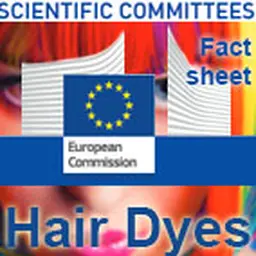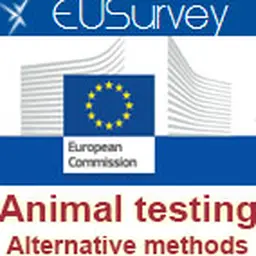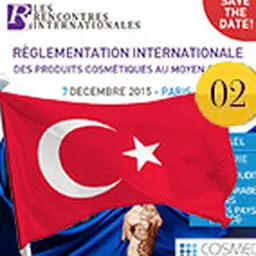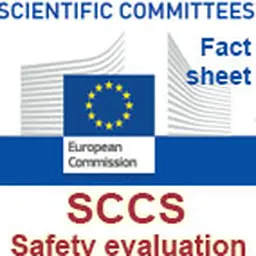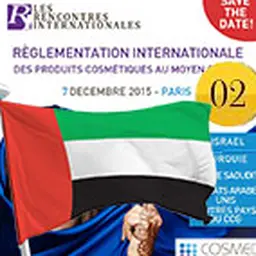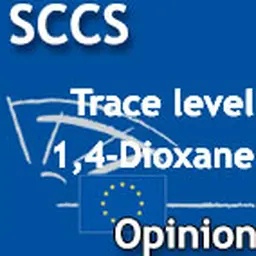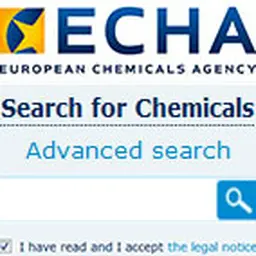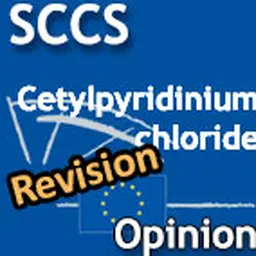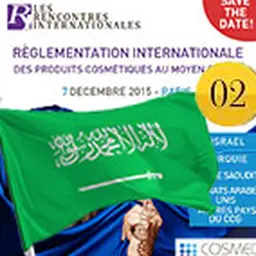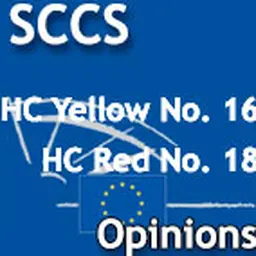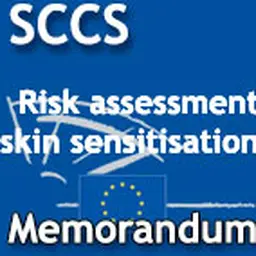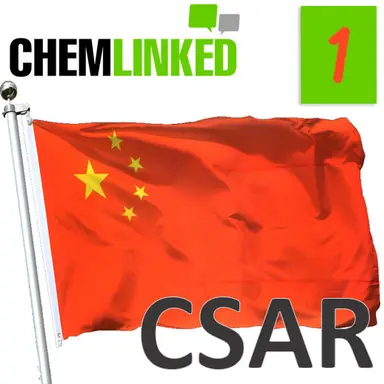
China officially announced the release of the final version of the Cosmetic Supervision and Administration Regulation (CSAR). The new regulation will take effect on January 1, 2021. Under the new CSAR, the biggest overhaul lies in the regulations pertaining to cosmetic classification, ingredient management, efficacy claim, etc. ChemLinked experts detail the changes and new features of this new text.
On June 29, China finalised the long-awaited Cosmetic Supervision and Administration Regulation (CSAR). The new fundamental cosmetic legislation, initiated in 2014, was officially published by the Chinese State Council to replace the existing Cosmetics Hygiene Supervision Regulations (CHSR), which was firstly released in 1989. The new regulation is scheduled to be effective on January 1, 2021.
Encompassing 6 chapters with 80 articles, the new CSAR is designed to overhaul the outdated regulatory framework and address issues revolving around cosmetic pre-market and post-market management in new situations, such as cosmetic classification, new ingredient management, efficacy evaluation, safety assessment, online cosmetic supervision, accountability system, and punitive measures.
The cosmetic product definition
The CHSR defined cosmetic products as referring to “chemical products for the daily use intended to be applied on any external part of the human body (such as skin, hair, nails, lips, etc.) by spreading, spraying or other similar ways to keep the body clean, eliminate unpleasant odor, protect the skin, and improve appearance and beauty.”
For CSAR, cosmetic products refer to ” chemical products intended to be applied to the external part of the human body, such as skin, hair, nails, lips, etc. by spreading, spraying, or other similar ways …



